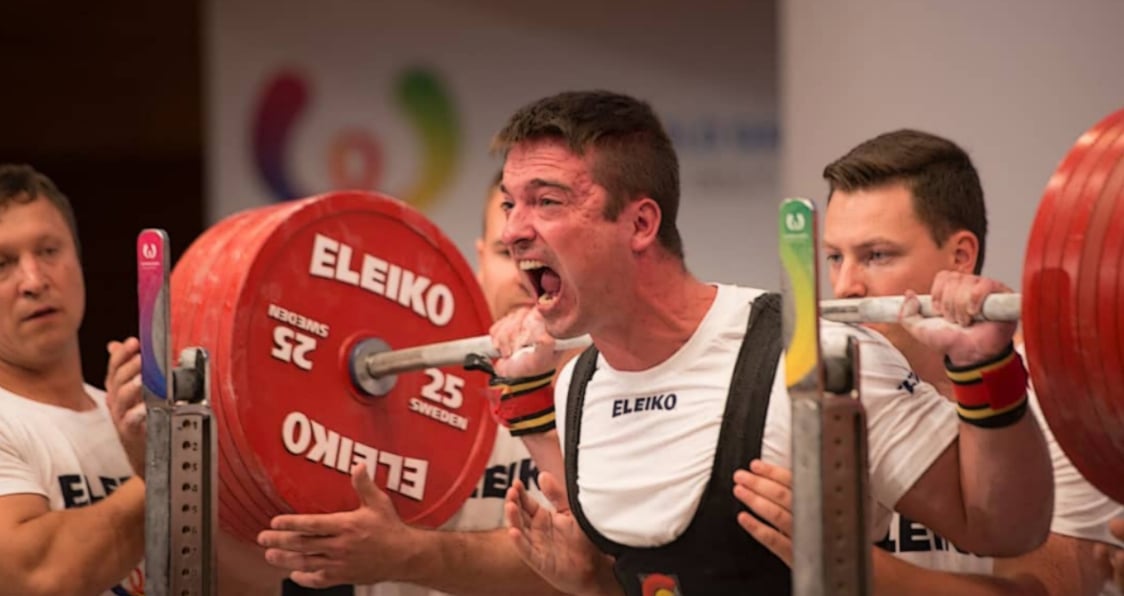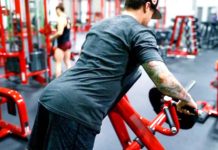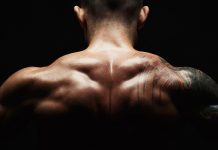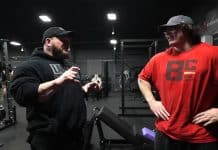
Reasons Why Bodybuilders are More Ripped Than Powerlifters
Although bodybuilding and powerlifting revolve largely around lifting weights, the goals of these sports are different. For example, powerlifters puts an emphasis on the strength in the big 3 compound lifts, while bodybuilding utilizes the compound movements, but places a large emphasis on accessory and isolation movements, and an overall goal of hypertrophy. In this post we will detail the reasons why Bodybuilders are more aesthetic and ripped compared to Powerlifters and how objectives cause these athletes to have vastly diverse physiques.
While the bodybuilders have ripped physiques with a focus on muscle aesthetics and symmetry, the powerlifters are usually heavier and don’t show much muscle definition. In this article, we’ll try to understand what causes this disparity.
Different Goals
A bodybuilder’s goal is to build muscle mass and have lower amounts of body fat, while a powerlifter focuses on lifting heavier weights and does not typically care too much about their physique. The different goals need both types of athletes to follow different types of training routines.
Bodybuilders use training splits to work one or two muscle groups in a day and will often wait a few days, to a week before training the same muscle group again. They will use a lot of accessory movements to attack the muscles from different angles as well.
Powerlifters, on the other hand, focus on the three basic lifts – squats, deadlifts, and bench press and might even perform them every day, and do not use as many accessories as bodybuilders do.
Time Under Tension
The main objective of powerlifters is to move big weights and they try doing it as quickly as possible, so it doesn’t put unnecessary tension on their muscles and joints. Bodybuilders lift weights to break down their muscle tissue so it can grow back bigger and stronger, which will incorporate time under tension far more.
The bodybuilders experiment with the time under tension and change it up to, in the words of 7x Mr. Olympia champion, Arnold Schwarzenegger, “shock the muscles”. Bodybuilders take shorter rest times between sets to really annihilate their muscles while the powerlifters don’t start the next set until they have completely recovered from the fatigue, which can take minutes.
Nutrition Programs
Bodybuilders follow nutrition plans which take into account their micro and macronutrients. Protein, fats, and carbs play a big role in a bodybuilder’s diet, as typically every meal is measured out, especially during a prep. On the flip side, the powerlifters usually focus on meeting their daily calorie goals, and less on the food sources and macronutrients.
Bodybuilders stick to a strict diet plan, typically year round, and might even follow diet trends such as keto, intermediate fasting, IIFYM, etc. Powerlifters don’t usually hold themselves back from any type of food if their daily calorie limit allows it. In short, a powerlifter’s normal meal could well be a bodybuilder’s cheat meal.
Higher Reps and Chasing the Pump
Powerlifters stick to lifting big weights for a smaller number of reps as their end goal is to set a 1RM in a powerlifting meet. Many times in their training, powerlifters at max could perform 5-10 reps on an exercise, which is relatively low.
Bodybuilders on the other hand use muscle hypertrophy to grow their muscles which usually makes them do 8-15 reps in every set. Bodybuilders are known to be chasers of muscle pumps, and to obtain those pumps they use and emphasize techniques like mind-muscle connection and visualization to achieve it.
Hitting Sets Until Failure and Advanced Training Principles
Bodybuilders try to hit muscle failure in every exercise and the powerlifters might train to muscle failure only when they are working on their conditioning. Hitting failure fills the muscles with blood and lactic acid which makes the muscles grow bigger and fuller which is primarily the goal of a bodybuilder. Tom Platz, who had some of the best legs on the planet, was a huge proponent of “achieving failure”, as he was known for training with the utmost intensity and sets until failure were a big part of that.
Bodybuilders also use advanced training techniques like supersets where they perform two exercises back to back with no rest in between, drop-sets where there are multiple sets performed and the weight is dropped after each set, blood flow restriction training (BFR), intra-set stretching and many more to torcher their muscles into growing.
Use of Machines
Bodybuilders like to use different machines in the gym during their workouts to isolate their muscles and train for muscle conditioning. Many modern bodybuilders will actually supplement the compound movements that involve barbells, such as the squat, bench, and deadlift, to instead use machines and other isolation exercises.
The powerlifter’s gyms are usually bare bone as they focus on squats, deadlifts, and bench presses. A powerlifter will majorly perform compound movements in his workouts whereas a bodybuilder will have a combination of compound and isolation exercises in his training routine.
Powerlifting + Bodybuilding = Massive Gains?
Now, you may be wondering, what if you want to do both? This is something modernly referred to as “powerbuilding”, which is something Mike O’Hearn is a big advocate of. Powerbuilding involves the use of heavy compound movements, combined with the isolation movements of machines, and various volumes during workouts. Common programs like this include the PHUL program.
If you take a look back to old school bodybuilders as well, many of them were also powerlifters before they were bodybuilders, and relied heavily the compound movements during their training. Take a look at someone like Ronnie Coleman, who would abuse the heavy barbell movements, but was still ripped, and went on to win the Olympia 8 times. The muscle mass looked different back then than it does now.
Powerlifting and Bodybuilding Physique Wrap Up
Overall, there are plenty of things that contribute to the differences in the physiques of bodybuilders and powerlifters. Training, diet, goals, all have an effect on how their bodies look.
Are you a bodybuilder or a powerlifter? Let us know in the comments below. Also, be sure to follow Generation Iron on Facebook and Twitter.

















